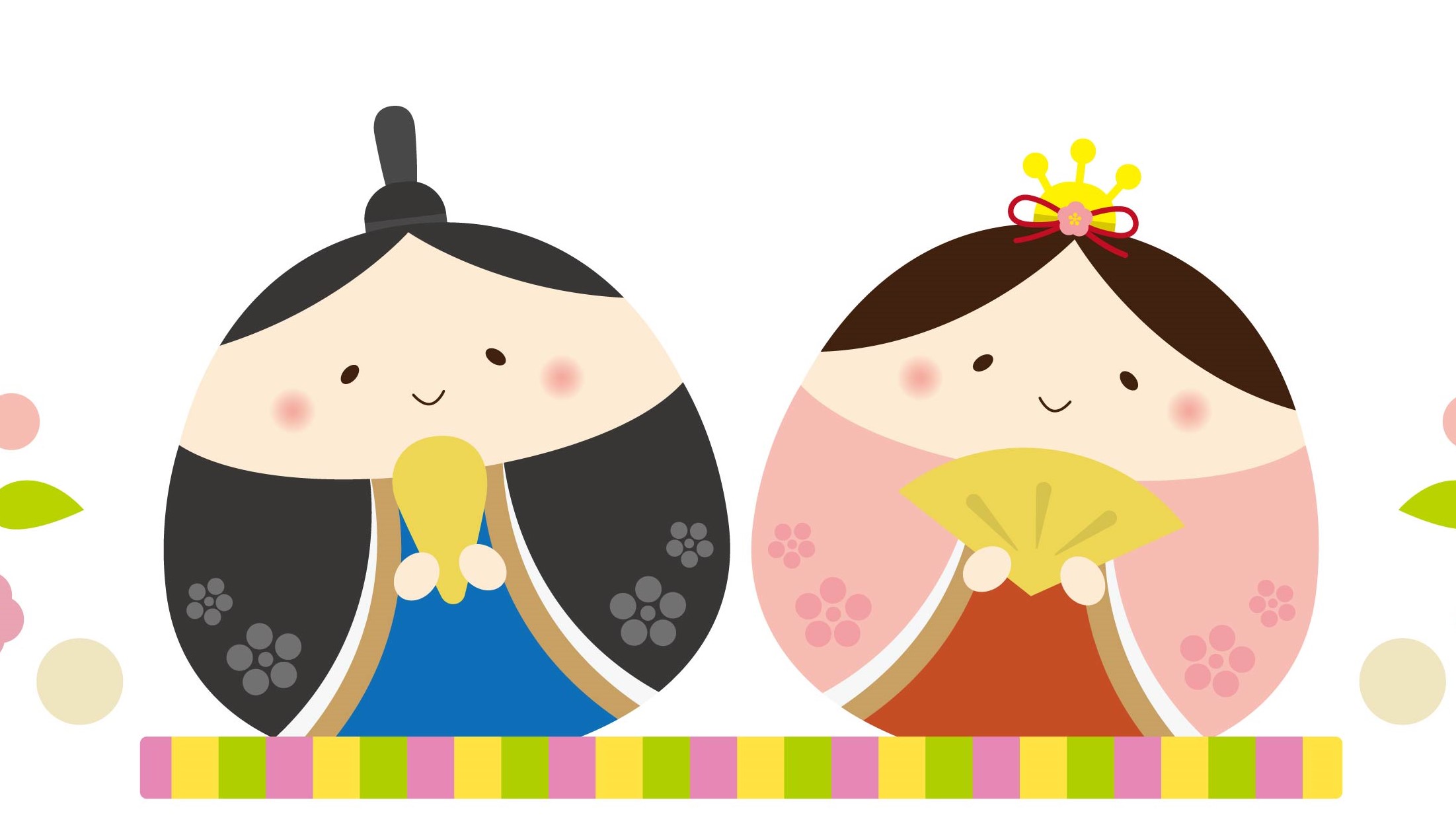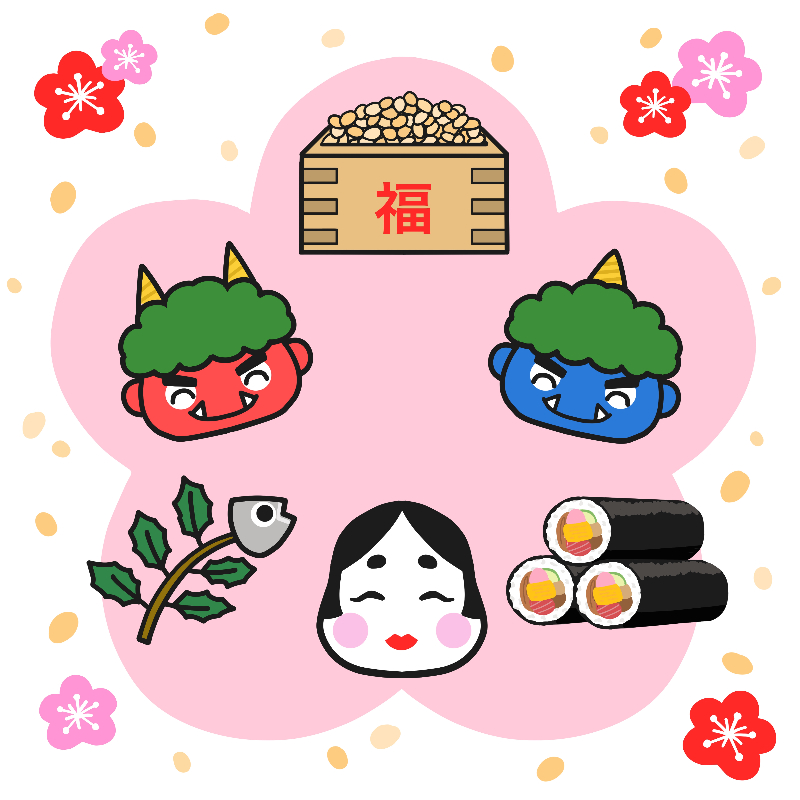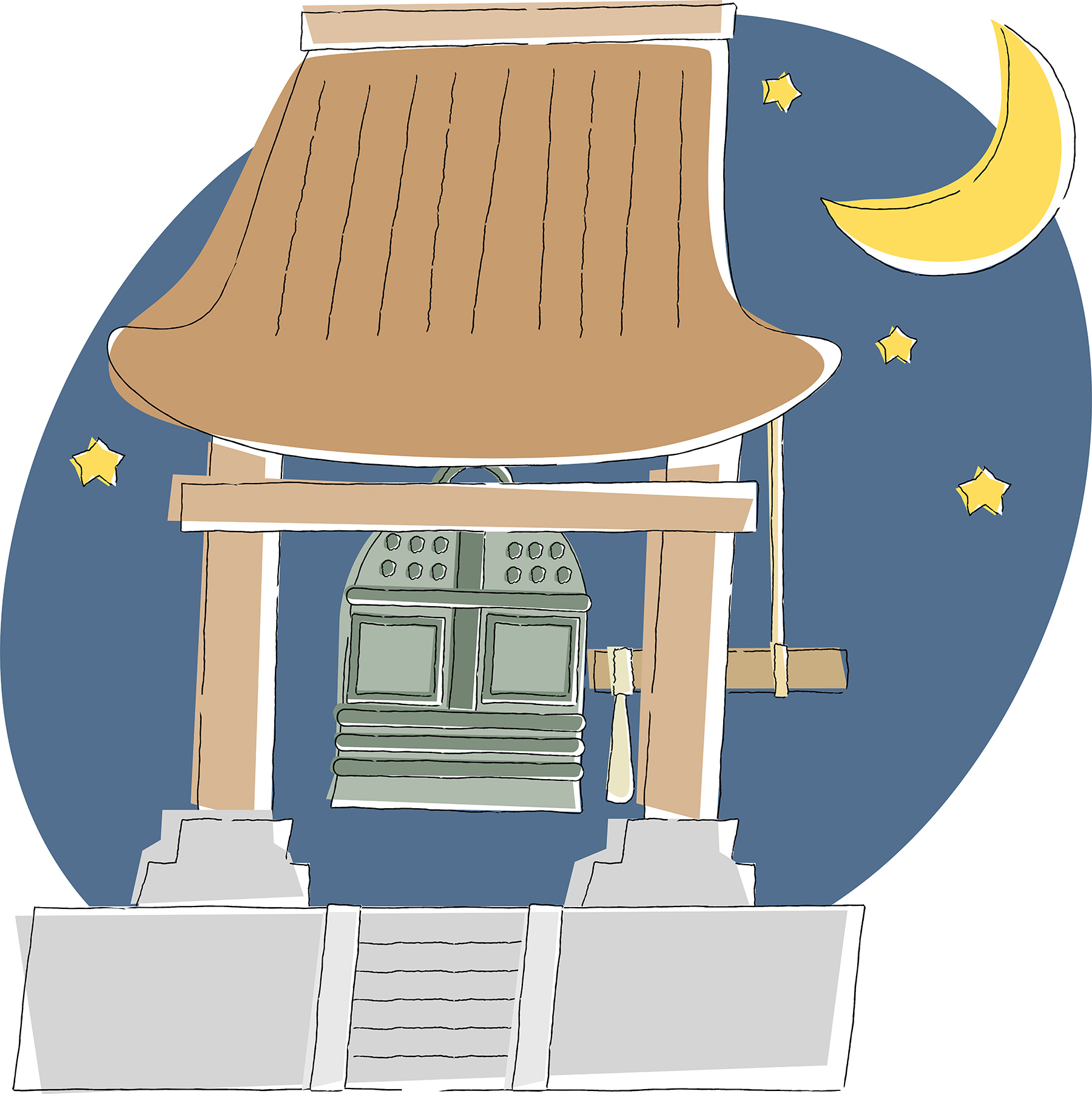
Play: Hanasaka Jiisan
 This play, based on a Japanese folktale, comes from a collection of plays and skits created by the ACT Japanese teachers’ group for use in their primary and junior secondary classrooms. Students work cooperatively in groups or as a class to prepare and perform the play for their classmates or at a school event.
This play, based on a Japanese folktale, comes from a collection of plays and skits created by the ACT Japanese teachers’ group for use in their primary and junior secondary classrooms. Students work cooperatively in groups or as a class to prepare and perform the play for their classmates or at a school event.
Story Outline
Hanasakajiisan is a tale of kindness overcoming greed and cruelty. It tells the story of a kind old man and old woman who are led to good fortune by their little dog. Their neighbour is a greedy old man who tries to take advantage of their good fortune, but is continually thwarted and eventually caught and jailed for his greedy ways.
Cast
ナレーター×2 narrator ×2
おじいさん old man
おばあさん old woman
しろ(いぬ) shiro(dog)
よくばりじいさん Greedy old man
とのさま Lord
さむらい Samurai
コーラス Chorus
Cultural Notes
Mochi, Omochi
pounded rice cakes traditionally made and eaten at New Year. Mochi is made by pounding mochi-gome (a special, very short-grained rice which becomes very sticky and glutinous when pounded) in a big wooden mortar with a wooden mallet. (See おむすびころりん)
Sakura (cherry blossoms)
The word sakura is generally used for those species of cherry tree appreciated for their blossoms rather than grown for their fruit. Sakura is mentioned often in Japanese literature, both ancient and modern. Traditional Japanese values of purity and simplicity are thought to be reflected in the form and colour of the cherry blossom. Since it flowers very briefly, the cherry blossom also became a symbol of the Japanese appreciation of beauty.
Language Concepts
- onomatopoeia: kachi, pika, pettara-pon, gotsun-gotsun
- ~te kudasai
- ~ga hoshii desu
- ~o kashite(kudasai)
Web Links
http://web-japan.org/kidsweb/folk/hanasaka/hanasaka01.html
Internet Kamishibai version of the story on Kidsweb Japan site.




